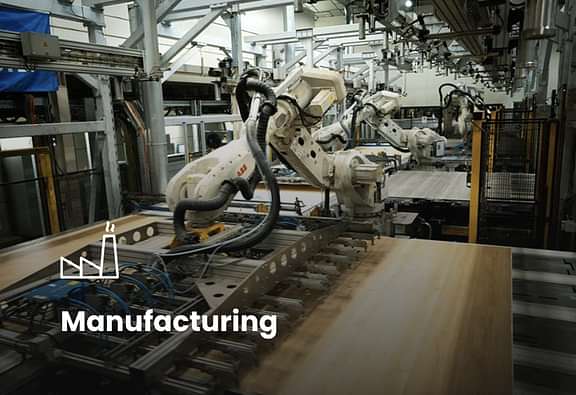Deploying Algorithms in Manufacturing

In the manufacturing industry, efficiency is a tyrant king. As production processes grow more demanding so does the desire for intelligent, data-driven systems that can adapt, optimize, and streamline operations. Algorithms, particularly those deployed in platforms powered by vision AI, are at the forefront. However, as many data scientists and domain experts know, the challenge isn’t just in creating sophisticated algorithms — it’s in deploying them effectively at scale.
One of the greatest advantages of a well-designed vision-powered AI platform in manufacturing is the significant reduction in time spent on system integration, data preparation, and model deployment. Traditionally, these steps involve extensive back-and-forth between data scientists, engineers, and domain experts to fine-tune models, optimize them for specific environments, and ensure they are scalable across production lines. A time-consuming, error-prone, and/or resource-intensive process.
Here’s why vision-powered AI platforms save experts precious time:
- Streamlined Data Integration: A Vision AI platform is built with the necessary infrastructure to handle vast amounts of data from cameras, sensors, and machines in real time. Instead of data scientists spending countless hours cleaning and preparing the data for model training, the platform automatically processes and structures the data, making it ready for immediate use in model development.
- Pre-Built Algorithms and Customization: Modern Vision AI platforms often come equipped with pre-built algorithms tailored for common manufacturing tasks such as defect detection, pattern recognition, and quality control. This allows data scientists to start from a functional baseline, making adjustments as needed, rather than building models from scratch. For domain experts, this means faster and more accurate insights.
- Seamless Deployment Across Systems: Once an algorithm is developed, its deployment in a manufacturing environment is another hurdle. Vision AI platforms are specifically designed to integrate easily with existing machinery and operational systems, using standard protocols and APIs. This cuts down the time it takes for data scientists to deploy models into production environments and ensures smoother scaling across different lines or facilities.
- Real-Time Feedback and Optimization: The beauty of Vision AI platforms lies in their ability to deliver real-time insights and feedback to both data scientists and domain experts. This instant feedback loop allows for continuous model refinement, reducing the trial-and-error phase and accelerating time to value. Data scientists no longer need to spend days or weeks re-training models — these systems allow for rapid iteration.
- Reduced Need for Manual Tuning: One of the time-consuming aspects of deploying algorithms in manufacturing is the manual tuning required to adapt to different production lines, lighting conditions, or object variations. Vision AI platforms use machine learning to automate much of this tuning, adjusting the model dynamically to the specific environment without constant manual intervention.
The Competitive Edge
In today’s highly competitive manufacturing landscape, companies that can deploy AI-driven algorithms faster and more effectively stand to gain a significant advantage. By reducing the burden on data scientists and domain experts, Vision AI platforms unlock new efficiencies, allowing for quicker optimization of production lines and faster decision-making.
Ultimately, the combination of robust algorithms with a scalable, adaptive Vision AI platform empowers manufacturing teams to move from insight to action in record time — saving both effort and resources while driving more intelligent, automated operations.
Lorem Ipsum
Vel tortor vel orci tempus lacus et hac. Diam id auctor amet in quisque arcu. Nisl eget neque tincidunt elit maecenas. Faucibus urna aliquam id cras augue velit sodales. Viverra non augue mi vitae mauris tincidunt arcu tristique feugiat. Suspendisse nulla venenatis fringilla purus risus faucibus sit malesuada a. Tortor molestie placerat amet nibh sagittis. Semper in adipiscing faucibus nunc. Elementum nulla fames eget purus sed ut nec purus enim. Risus justo sit sagittis blandit rhoncus nunc ut et. Convallis iaculis nulla elit gravida aliquet. Ridiculus eu elementum sagittis dictum massa nibh elementum. Sed at neque egestas libero lorem ac tincidunt at tempor. Elementum auctor cursus vitae id dictumst. Dignissim dolor nec volutpat purus iaculis integer. Sit libero pretium amet venenatis maecenas vel. Ipsum id non fringilla tincidunt morbi. Netus at lectus dictum odio sed pharetra dictum. Rutrum sed viverra nunc gravida nunc feugiat et elit mauris